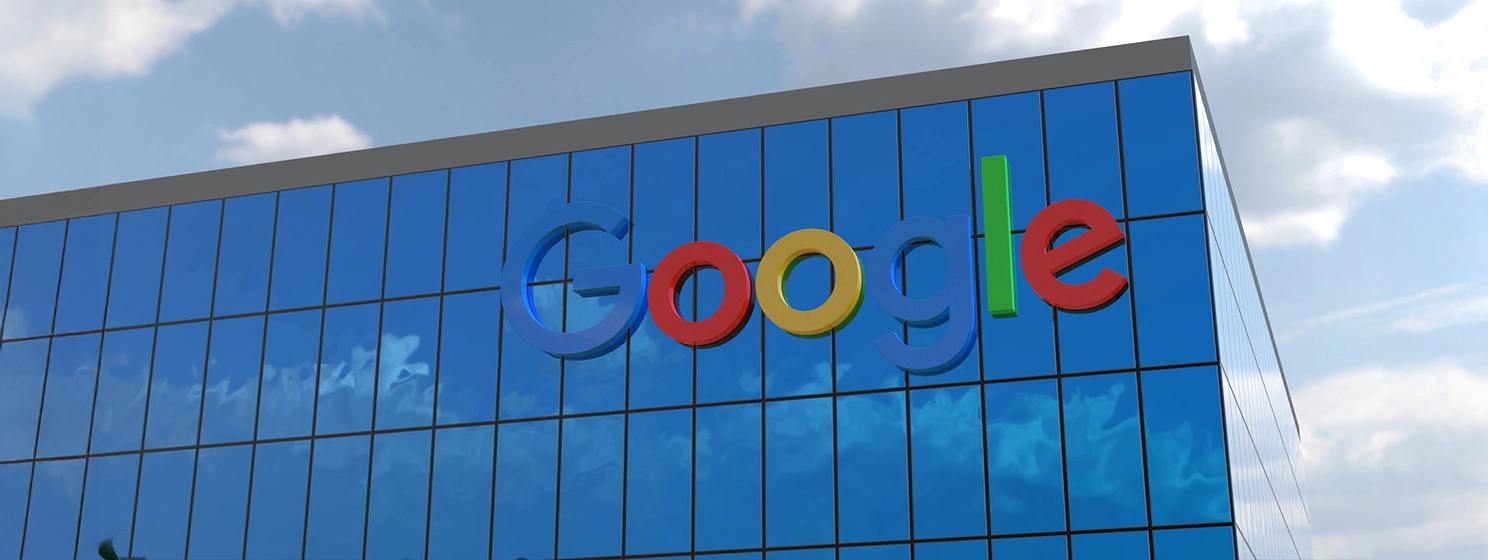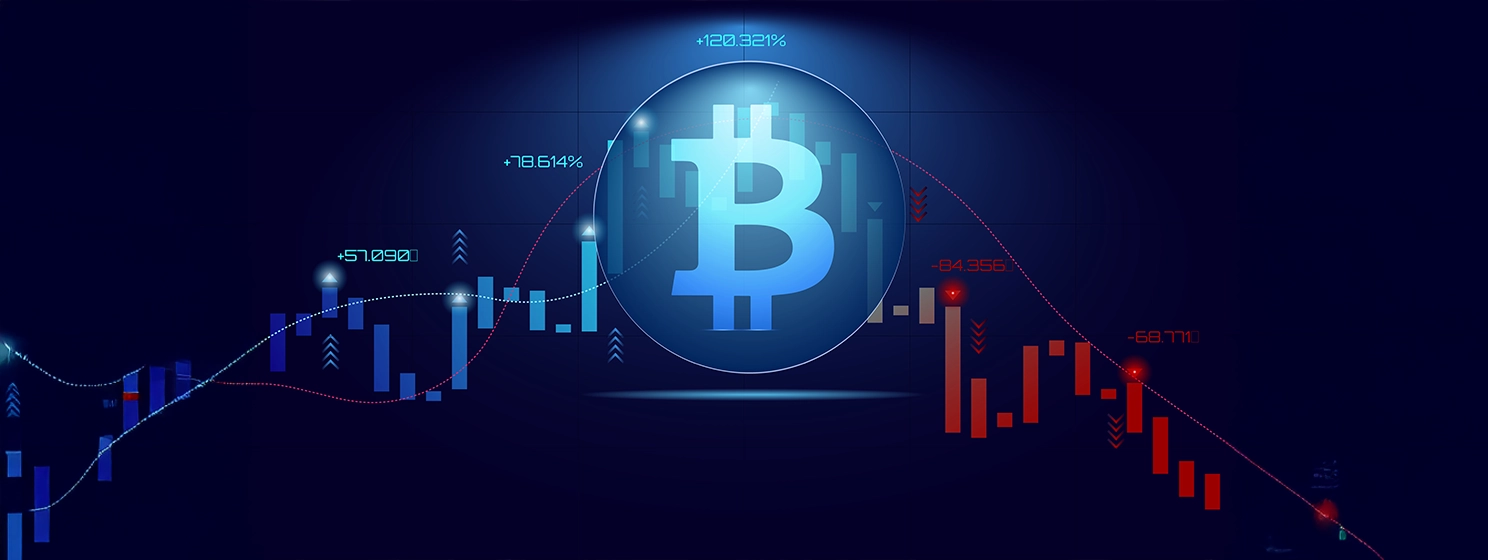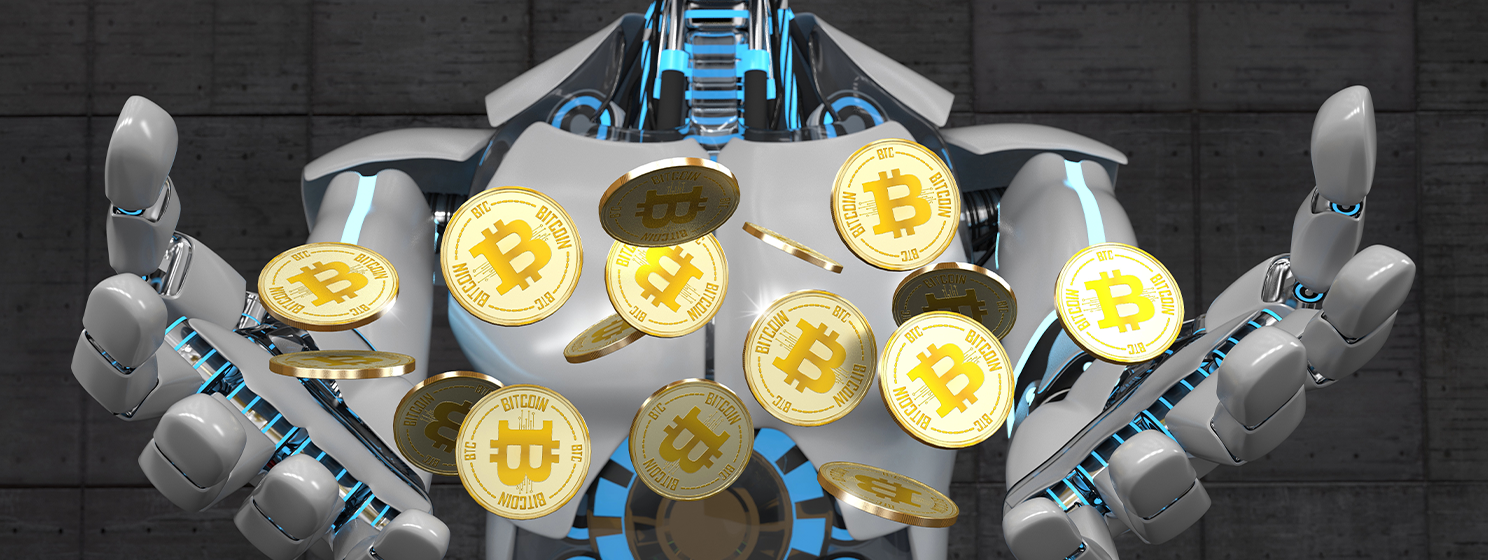|
Getting your Trinity Audio player ready...
|
Near the end of September 2025, mining BTC became difficult after the halving, even though the global hashrate rose significantly. Google’s (NASDAQ: GOOGL) response? They invested $3 billion into Cipher Mining Inc. (CIFR) (NASDAQ: CIFR) for an artificial intelligence (AI) project in Texas.
On September 25, Bloomberg highlighted a deal that could reshape the mining landscape, where BTC’s massive computing power is being combined with the surging demand for AI infrastructure. With BTC priced at about $112,000, this helps Cipher’s financial situation and transforms miners into big players in the $400 billion AI world, creating opportunities for different and ongoing business. The deal demonstrates how Big Tech’s AI plans are aligning with mining setups. It’s more than just a team-up; we’re seeing miners branch out from Bitcoin to support AI—a move that could redefine how value is created across the sector.
Cipher Mining is a publicly listed company on Nasdaq that focuses on utilizing inexpensive, renewable energy in Texas. The 10-year deal with Fluidstack, an AI firm backed by Google, is a huge deal. With Google promising to help fund the deal, Cipher is poised for $1.1 billion in growth. The deal ensures Cipher receives $300 million annually from AI, which is significantly more than the $28 million it generated from mining BTC in Q2 2025. This comes after Google invested $1.4 billion in TeraWulf’s Texas locations, hinting at a potential trend. Tech firms are renting miners’ unused, high-power spots for GPU groups.
What’s the big deal about this? Well, it’s happening when things are already tough. On September 18, mining BTC became harder than ever, making it more competitive and less profitable. After the 2024 halving, many U.S. miners will spend over $65,000 to mine just one BTC. As a result, Cipher’s stock jumped 22%, outperforming Marathon Digital (NASDAQ: MARA) and Riot Platforms (NASDAQ: RIOT). Some experts are even saying to buy CIFR, thinking it’ll pay off big time. This has significantly shaken up the market. People are once again interested in miner stocks like IREN (NASDAQ: IREN) and CLSK (NASDAQ: CLSK), and the VanEck BTC Miners ETF rose 8% in just one week.
Google’s actions suggest that mining is becoming a typical digital service, blending BTC’s security with dependable AI agreements. Mining is often unstable because it’s linked to BTC, but AI provides more consistent profits, which helps protect businesses during halvings. Cipher’s Texas sites primarily utilize renewable energy (74%), contributing to compliance with environmental standards and pollution reduction. Many large miners are transitioning from ASICs to GPUs to capitalize on the profits from high-performance computing.
The announcement sparked a lot of discussion online, with people discussing the policy benefits, such as the GENIUS Act. However, it overshadowed other news, such as Bitmain’s U.S. factory announcement and increases in cloud mining, which didn’t have as significant an impact on the market. Some people are worried about whether this can be done well. AI contracts need to be almost always online, which can put stress on power grids. There’s also the risk of regulations. Still, this deal strengthens mining’s mixed future, where it can be profitable even if BTC goes down.Google’s investment in Cipher is more than just news; it’s a plan for how mining could change and become worth over $50 billion by 2030. For investors, it’s a sign that mining companies are becoming AI supporters.
In order for artificial intelligence (AI) to work right within the law and thrive in the face of growing challenges, it needs to integrate an enterprise blockchain system that ensures data input quality and ownership—allowing it to keep data safe while also guaranteeing the immutability of data. Check out CoinGeek’s coverage on this emerging tech to learn more why Enterprise blockchain will be the backbone of AI.
Watch: Gorilla Pool provides end to end solution for ASIC mining

 12-18-2025
12-18-2025 




